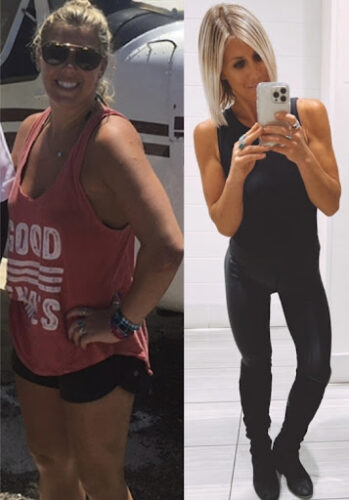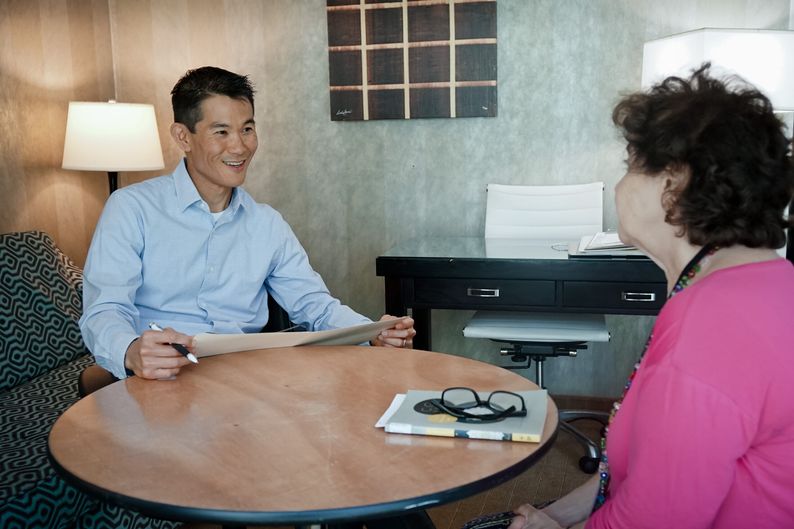Rich Richardson: Heart Disease
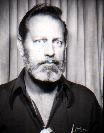 At 40 I was fat and greasy. I suffered with constipation, sinus congestion, and much more. Of course, I smoked, drank, and did no exercise. From time to time I would see my doctor, and he would prescribe a number of pills. One day he took me aside and said, “It would be a good idea if you would improve your lifestyle.” I was indignant! I did not wish to change, just give me some pills; after all it was his job to make me better! This was in 1973, my business was buying and selling precious metals and I was living in Honolulu, Hawaii.
At 40 I was fat and greasy. I suffered with constipation, sinus congestion, and much more. Of course, I smoked, drank, and did no exercise. From time to time I would see my doctor, and he would prescribe a number of pills. One day he took me aside and said, “It would be a good idea if you would improve your lifestyle.” I was indignant! I did not wish to change, just give me some pills; after all it was his job to make me better! This was in 1973, my business was buying and selling precious metals and I was living in Honolulu, Hawaii.
At 43 I had my first heart attack, and I deserved it. My breakfast was a dozen donuts, a quart of milk, and black coffee with a little whisky in it—plus, one cigarette after another. But, at this time in my youth, I was convinced that diet had nothing to do with health.
One Sunday morning while working in my shop, a crushing pain in my chest suddenly hit me. This was followed by sharp pains down my left arm, and then cold sweat broke out all over my body. I was afraid to move—I believed that if I exerted myself in any way my life would be over. After a long while I managed to get to my car and drove myself to the VA hospital.
Arriving at the hospital, I was weak and disoriented—I found myself sitting on the elevator floor; asking for directions to the emergency room. In time, I was admitted to the hospital for a heart attack. The next day I called a friend and ask her to bring me two pounds of chocolate covered peanuts. This candy, supplemented by ice cream, was my post-heart attack diet. My hospital stay lasted 2 weeks. After discharge my health continued to deteriorate; soon I could walk only about 50 feet without excruciating chest pains.
My next encounter with doctors was also at the local VA hospital where they performed an angiogram. I remember lying naked and cold on the operating room table. I started shaking as the doctor cut into my right arm in order to stick the catheter into my artery. As the operation proceeded they discovered that my heart arteries were severely clogged. Unfortunately, I also had an allergic reaction to the dye they were using, went into shock, and spent the next few days recovering in the intensive care unit (ICU).
In 1977 bypass surgery was a fairly new treatment, and that was my doctor’s recommendation. In the operating room I was surrounded by masked men, total strangers to me—I was scared to death. I woke up during the operation, and felt my leg hurting, as they sewed the incision back together. I moaned and they put me back to sleep.
After a year of “recovery,” I was on my deathbed waiting for the end. The pills were not working, the chest pains were constant, and it seemed that my life would soon be over. Fortunately, one of my friends met Dr. McDougall and told him about me. He gave them a book for me by Nathan Pritikin about diet, heart disease, and health. I read it. The message seemed contrary to my long held views that diet had nothing to do with disease!
In 1978 I met Dr. McDougall when he was giving lectures to the public at St. Francis Hospital in Honolulu. I started on my new diet—giving up eating animal foods, and all the other things I had once thought were good. I walked a little each day, quit smoking, and soon I got off my medications. Within 3 months I had lost about 50 pounds and was running five miles a day. My renewed health lasted a few years.
In 1981 I moved to Reno, Nevada where I became progressively careless about my diet. After a huge meal of high sodium pasta sauce, the next morning I woke up with chest pains. I thought it was indigestion, but antacids did not help. I went to the hospital, where they did an angiogram and determined that I needed an angioplasty. Looking back, I suspect that this pain was not from my heart, but from my overstuffed gut.
The doctor was working away on the angiogram when I heard him say, “Damn it! I can’t get through the obstruction, the hole is too small. You must have bypass surgery right now!” I felt the chest pains increasing, but I refused surgery, and told him to give me some more morphine and get back to work. Over the next few months, I had three more angioplasties, but they eventually gave up and sent me home to die! Instead of following their dire predictions, I went on a strict diet of potatoes, rice and bananas, and took up roller skating. In a few months I had lost 40 pounds and felt like a new man.
In 1995 I moved to Camp Verde, Arizona and again got careless, adding pastries to my diet—I regained the weight and the chest pains returned. My second bypass surgery followed all too soon. The operation was a success, but the patient almost died from an infection in his leg incision. You guessed it—after the operation I got pure with my diet again, lived on steamed vegetables and potatoes, and took up tennis and walking—with great success.
In 2000 I moved to Eugene, Oregon and my diet became pretzel- and cookie-centered. In 2003, I had another angiogram—this time I was told there was nothing left to bypass. My heart was a mess. I was barely alive—full of morphine and pills to make me as comfortable as possible—I was just barely conscious. I was told I had congestive heart failure with little hope of surviving even a year. My ejection fraction was 17% (normal is 65%). So you guessed it—I changed back to a healthy diet and recovered.
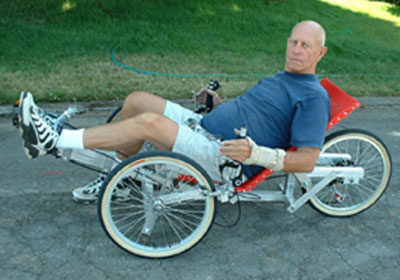
Three years later, I am now 73 years old, fully functional, chest pains are a rare event, and I am happy to be alive. Last week I did a 14 mile bike ride. My ejection fraction is now up to 36% and my heart is of a normal size. Amazing! My total cholesterol is 125. I am of the opinion that my heart is healing itself. My secret? I reduced the amount of sodium to 300 mg a day, and live on potatoes, oatmeal, corn tortillas, cabbage, lettuce, broccoli, onions, yams, beans, fruit, and one ounce of walnuts daily. Routinely, I do 20 minutes a day on my exercise bike, frequently ride my recumbent trike 15 or 20 miles. I take a small amount of medication which I hope to soon stop.
At one time I thought that my body was like a car, just a piece of machinery that could be repaired from the outside—with pills and surgery. I no longer believe that. My body is in fact a wonderful device that will repair itself if given the right fuel, a chance to breathe, and a little exercise.
Recommended Articles
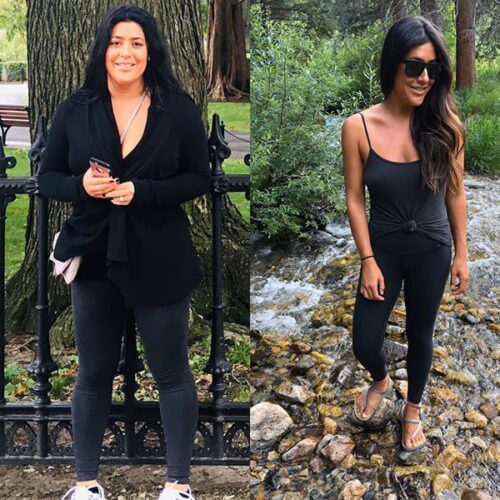
Kiki: What a Change Has Taken Place in My Life!!
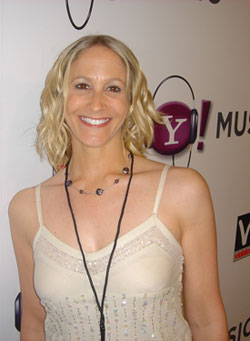
Meredith Fishman: Running Marathons after Debilitating Rheumatoid Arthritis
